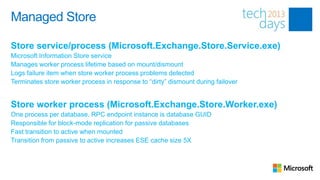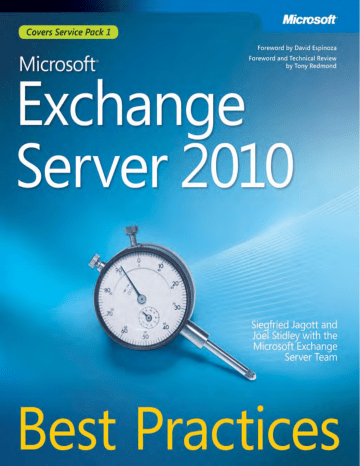
The results are always rounded down to the nearest integer.Įxchange keeps a history of the memory utilization of the EdgeTransport.exe process. This doesn't include virtual memory in the paging file, or memory that's used by other processes.īy default, the high level of memory utilization by the EdgeTransport.exe process is 75 percent of the total physical memory or 1 terabyte, whichever is less. Memory used by the EdgeTransport.exe processĭescription: Monitors the percentage of memory that's used by the EdgeTransport.exe process that's part of the Microsoft Exchange Transport service. For example, a 98% value for high utilization requires a hard drive of approximately 25 GB or less. The result is rounded down to the nearest integer.įor example, if your message queue database is located on a 1 terabyte (TB) drive (1048576 MB), the high level of utilization is 100*(1048576-500)/1048576) or 99%.Īs you can see from the formula and the rounding down behavior, the hard drive needs to be very small before the formula calculates a high utilization value that's less than 99%. This formula accounts for the fact that there's unused space in the message queue databaseġ GB = 1024 MB. The default high level of hard drive utilization is calculated by using the following formula: To change the default location of the message queue database, see Change the location of the queue database.
STORE.EXE HIGH MEMORY EXCHANGE 2010 FREE
Note that the message queue database file contains unused space, so an accurate description of the total drive space that's consumed by all files is drive size - free disk space - free space in the database.

Resource: DatabaseUsedSpaceĭescription: Monitors the percentage of total drive space that's consumed by all files on the drive that holds the message queue database.

Hard drive utilization for the drive that holds the message queue database The following sections explain how Exchange handles the situation when a specific resource is under pressure. You need to know if the utilization is increasing or decreasing before you can determine the next change in resource utilization level. In other words, there really isn't a static value for low, medium and high resource pressure. Typically, a resource utilization level that's lower than the original level is required as the resource utilization decreases. Transition levels define the low, medium and high resource utilization values depending on whether the resource pressure is increasing or decreasing. All message flow stops, and the server rejects all new incoming MAIL FROM commands.

PrivateBytes: The memory that's used by the EdgeTransport.exe process.DatabaseUsedSpace: Hard drive utilization for the drive that holds the message queue database.The following system resources are monitored by back pressure: When the system resource utilization returns to an acceptable level, the Exchange server resumes normal operation by accepting new messages and processing outgoing messages. If the resource utilization gets worse, the server stops accepting new messages to work exclusively on processing all existing messages, and might even stop processing outgoing messages. For example, when a system resource utilization level on the Exchange server is determined to be too high, the server delays accepting new messages. Back pressure detects when vital system resources, such as hard drive space and memory, are overused, and takes action to prevent the server from becoming completely overwhelmed and unavailable. Back pressure is a system resource monitoring feature of the Microsoft Exchange Transport service that exists on Mailbox servers and Edge Transport servers.


 0 kommentar(er)
0 kommentar(er)
